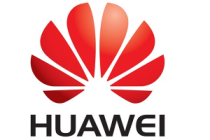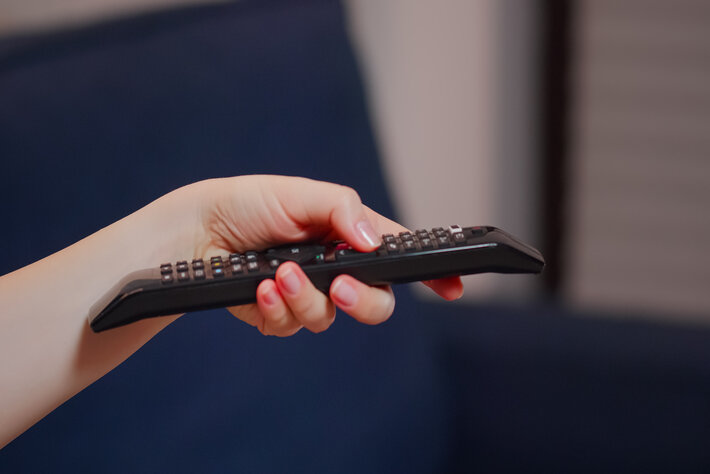Huawei recently launched the uX2 solution to help operators provide improved cell edge user experience and release network potential. The innovative uX2 solution has already found success in large-scale commercial use in Thailand and through pilot stage deployment in live networks in Hong Kong, Lithuania, and the United Arab Emirates.
With the fast development of mobile broadband, users have higher demands for better experience, driving operators to improve cell edge user experience. The X2 interface in the LTE networks plays a crucial role in solving these issues. Based on the concept of ‘Utilising 4G Technologies in 3G’, Huawei introduces the uX2 interface in the ‘UMTS+’ solution to allow for fast information exchange among NodeBs and reshape the radio access architecture.
This eliminates the need for the Radio Network Controller (RNC) to forward information. Based on the uX2 interface, Huawei has launched a series of innovative solutions to achieve coordinated scheduling for the high-speed services among NodeBs, improving the peak rate for cell edge users and helping more users to enjoy high definition videos and other mobile data services in the UMTS networks anytime, anywhere.
The uX2 solution improves cell edge user experience and provides larger capacity in cell edge areas, further enhancing the cell edge throughput. Commercial data for networks in Thailand demonstrates a 15% increase in uplink cell edge throughput, which will be reinforced with future growth in cell traffic. In addition, pilot deployment returns numerous benefits. For example, the cell edge uplink rate increased by 70% in drive tests in Lithuania and the downlink cell edge throughput improved by more than 50% in drive tests in Hong Kong.
The innovative uX2 solution contains a series of coordinated scheduling technologies to improve cell edge user experience in different scenarios. Among all these technologies, Inter-NodeB Uplink coordinated multipoint transmission/reception (CoMP) combines data on uplink radio links of different NodeBs and suppresses interference from neighboring cells. This strengthens signal demodulation performance, and enhances cell edge coverage and uplink peak rates.
Inter-NodeB high-speed dedicated physical control channel (HS-DPCCH) CoMP (Joint Reception) improves High-Speed Downlink Packet Access (HSDPA) performance in cell edge areas with higher data receiving and sending rates by taking account of reliable acknowledgement feedback from UEs.
Inter-NodeB DB-HSDPA enables mobile services to be carried over multiple aggregated carriers at different frequency bands. This maximises spectral efficiency for tangibly increased downlink peak rates in cell edge areas.
By increasing the throughput for cell edge users, the uX2 solution helps more users to enjoy high definition videos and other mobile data services in the UMTS networks anytime, anywhere. As a major component of Huawei’s “UMTS+” solution, the uX2 solution empowers continuous smooth evolution toward even more open UMTS networks, thereby helping operators deliver superb mobile broadband experience.
Comment on this article below or via Twitter: @ VanillaPlus OR @jcvplus






